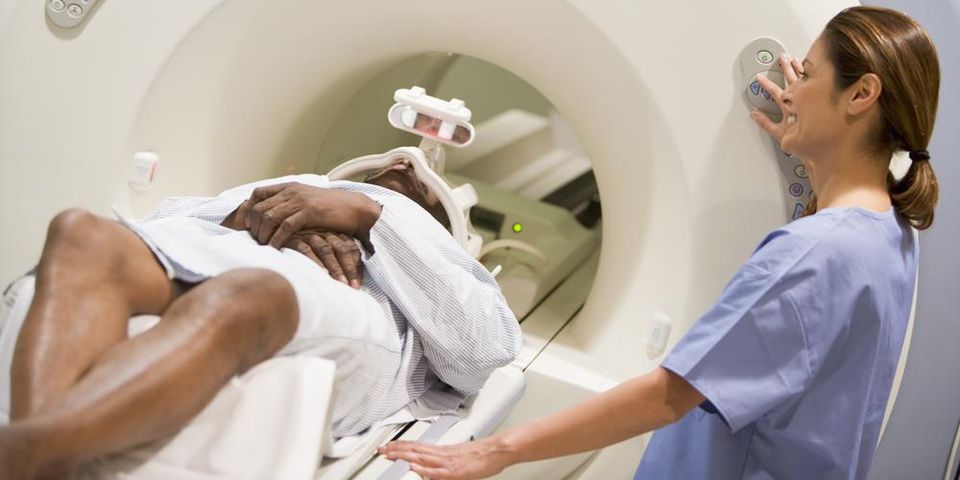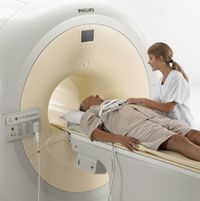
Diagnostic imaging provides physicians with an incredibly detailed internal image of the area of study, and contrast materials are used to further improve the pictures of the inside of the body. For nearly 15 years, the digital imaging experts at Hudson Valley Imaging, including board-certified radiologists and certified technologists, have been working with contrast materials to provide the excellent level of care they’re known for.
Of the many digital services offered at Hudson Valley Imaging, two of the most common services are CT scanning and MRI scanning. Both scans allow physicians to see detailed images of the body's internal structures. Sometimes, these scans require preparation, including drinking of an oral contrast.
What Are Contrast Materials?
Also called contrast agents or contrast media, contrast materials are substances that temporarily change the way imaging tools interact with the body. When contrast materials are swallowed, administered by enema, or injected into a blood vessel, they make certain structures or tissues in the body appear different. This allows the radiologist to distinguish normal from abnormal conditions and diagnose medical conditions.
Which Exams Use Contrast Materials?
 During some CT and MRI scans, patients may be asked to take a special contrast agent. The contrast is used to make specific organs, blood vessels, and tissues stand out. However, sometimes a scan without contrast is done first so the radiologist can see the body’s structures prior to introducing the contrast. At Hudson Valley Imaging, patients are given specific instructions on preparation, which might include fasting and/or taking a contrast before the procedure.
During some CT and MRI scans, patients may be asked to take a special contrast agent. The contrast is used to make specific organs, blood vessels, and tissues stand out. However, sometimes a scan without contrast is done first so the radiologist can see the body’s structures prior to introducing the contrast. At Hudson Valley Imaging, patients are given specific instructions on preparation, which might include fasting and/or taking a contrast before the procedure.
Barium sulfate contrast materials are typically used in CT scans to block or limit the ability of X-rays to pass through. After a patient swallows the barium sulfate contrast materials, images of the gastrointestinal tract, including the pharynx, esophagus, stomach, and small and large intestine are enhanced. If the contrast materials are administered by enema, the images of the lower GI tract are enhanced.
Gadolinium is the key component of the contrast material most often used in MRI scans. When injected into a vein, the contrast materials alter the magnetic properties of water molecules, enhancing the quality of the images of internal organs, the gastrointestinal tract, arteries and veins, soft tissues, the brain, and breasts.
Whether your CT scan or MRI scan requires contrast materials or not, you will be given specific instructions on how to prepare for your exam from the imaging experts at Hudson Valley Imaging.
For more information about the digital services offered at Hudson Valley Imaging, visit the website, or call the diagnostic imaging center in Monroe, New York, at (845) 220-2222.
About the Business
(21 reviews)
Have a question? Ask the experts!
Send your question

